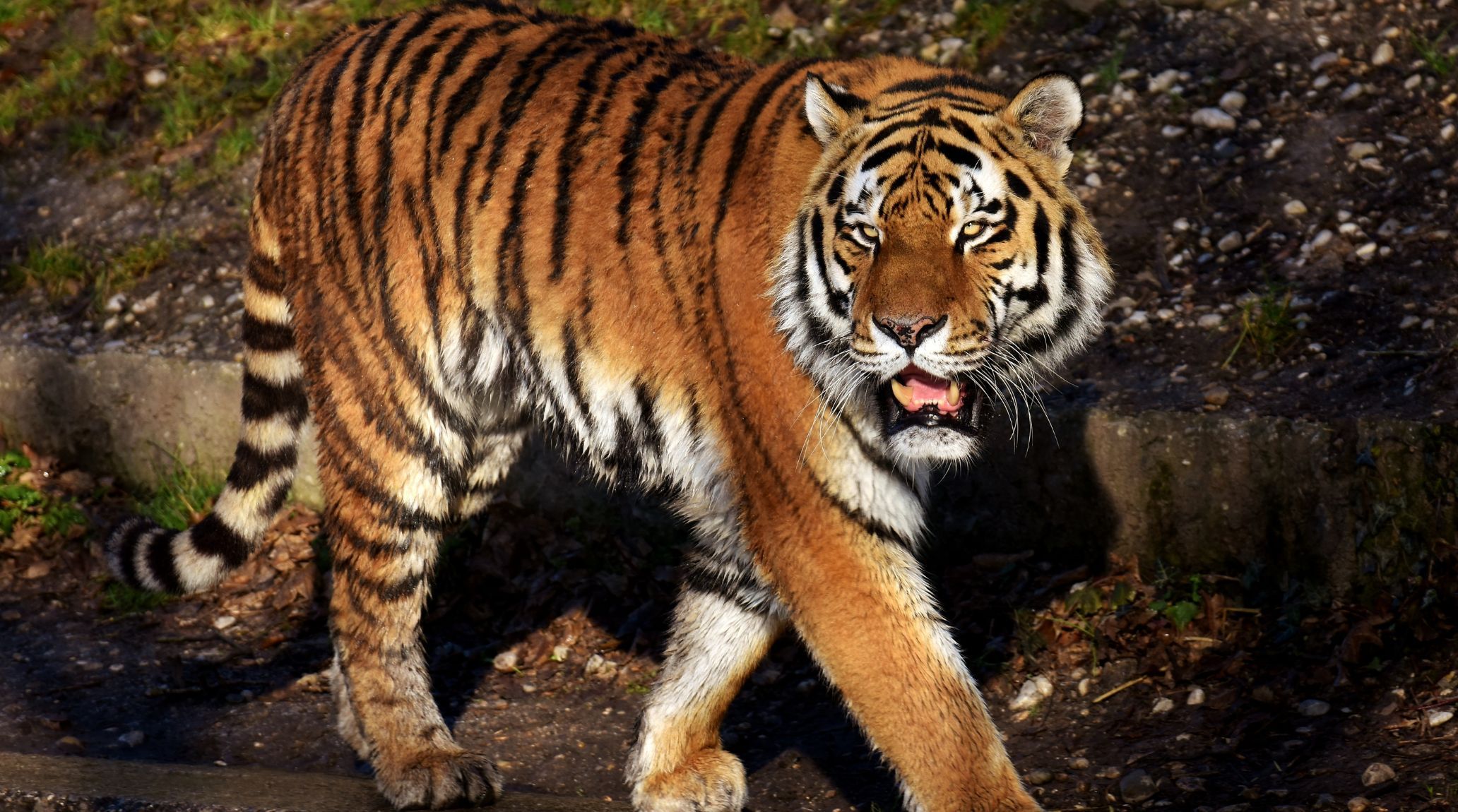
“
Tigers, with their majestic appearance and powerful presence, have fascinated humans for centuries. As the largest members of the big cat family, tigers are known for their distinctive stripes, incredible strength, and remarkable hunting abilities. In this blog, we explore 20 fascinating facts about tigers that will deepen your understanding and appreciation of these magnificent creatures. From their unique behaviors to their crucial role in the ecosystem, these facts will reveal the many reasons why tigers are truly extraordinary.1
1
”
Tigers are the largest wild cats, reaching lengths of up to 10 feet and weighing up to 600 pounds. Their impressive size makes them formidable predators in their habitats. Their sheer power and size set them apart in the animal kingdom.1
Each tiger has a unique pattern of stripes, similar to human fingerprints. These distinctive stripes provide camouflage, aiding in their stealthy hunting techniques. They help tigers blend into their natural surroundings.2

Unlike most cats, tigers are fond of water and are exceptional swimmers. They frequently bathe in rivers and lakes to cool off and can swim several miles. Their aquatic abilities are an unusual trait among big cats.
A tiger’s roar can be heard up to 2 miles (3 kilometers) away, making it a powerful communication tool. This loud sound helps tigers communicate with others across vast distances. It plays a key role in their social interactions.3
Tigers possess night vision that is six times better than that of humans. This excellent vision allows them to hunt effectively in low-light conditions. Their ability to see in the dark is crucial for their predatory lifestyle.4
Tigers can run at speeds of up to 40 mph (65 km/h), but only for short distances. They use quick bursts of speed combined with stealth to catch prey. Their speed is a vital part of their hunting strategy.5
A mother tiger typically gives birth to 2-4 cubs and raises them for about two years. During this time, she teaches them essential skills for hunting and survival. This extended maternal care is critical for cubs' development.6
Tigers have retractable claws that can grow up to 4 inches (10 cm) long. These sharp claws are essential for catching and holding onto prey. Their claws are a key tool in their hunting arsenal.7
A tigress' gestation period lasts about 3.5 months, ranging from 95 to 114 days. This crucial period allows for the development of cubs before birth, ensuring they are born strong and capable of surviving in the wild.8
Tiger cubs are born blind and depend entirely on their mother for the first few weeks. They begin to see after about two weeks and start learning to hunt by six months. Their early development is closely tied to maternal care.9
Male Sumatran tigers average 2.4 meters long and weigh 100–160 kg, while females are smaller, averaging 2.2 meters and 92 kg. With only 400–500 in the wild, they are critically endangered, with an estimated 361 in zoos globally.10
Fossil remains of tigers discovered in China date back 2 million years, showcasing their ancient lineage. These fierce felines have roamed the earth for a remarkably long time, highlighting their enduring presence in the animal kingdom.11

Some tigers have white fur due to a rare genetic mutation. These white tigers are a color variation of the Bengal tiger, not a separate species. Their striking appearance makes them particularly notable.
A tiger’s tail aids in balance during high-speed chases and sharp turns. It also serves as a communication tool, signaling mood and intentions to other tigers. The tail is an important part of their physical and social behavior.12

The Siberian tiger (Panthera tigris altaica), the world's largest wild cat, is found in eastern Russia, northeast China, and North Korea. Males measure 2.7–3.3 meters long, 0.99–1.07 meters at the shoulder, and weigh 180–306 kilograms.
Tigers use scent markings to establish their territory and communicate with other tigers. These markings help in maintaining social order and reducing conflicts. Scent marking is a key part of their territorial behavior.13
There are currently five recognized subspecies of tigers: Bengal, Indochinese, Malayan, Siberian, and Sumatran. Each subspecies has adapted to distinct habitats across Asia.14
The largest litter of captive tigers was eight cubs, born on April 15, 1979, at Marine World Africa USA (now Six Flags Marine World). Born to Bengal tiger Baghdad, seven cubs survived after one male and one female died the next day.15
Only about 1 in 10 tiger hunts result in a successful kill. Their hunting strategy relies on patience, stealth, and a powerful attack. This low success rate reflects the challenge of capturing prey.16
In the wild, tigers usually live around 11 years. However, in captivity, with proper care and nutrition, their lifespan can extend up to 20 years. This difference highlights the impact of the environment and care on their longevity.17


